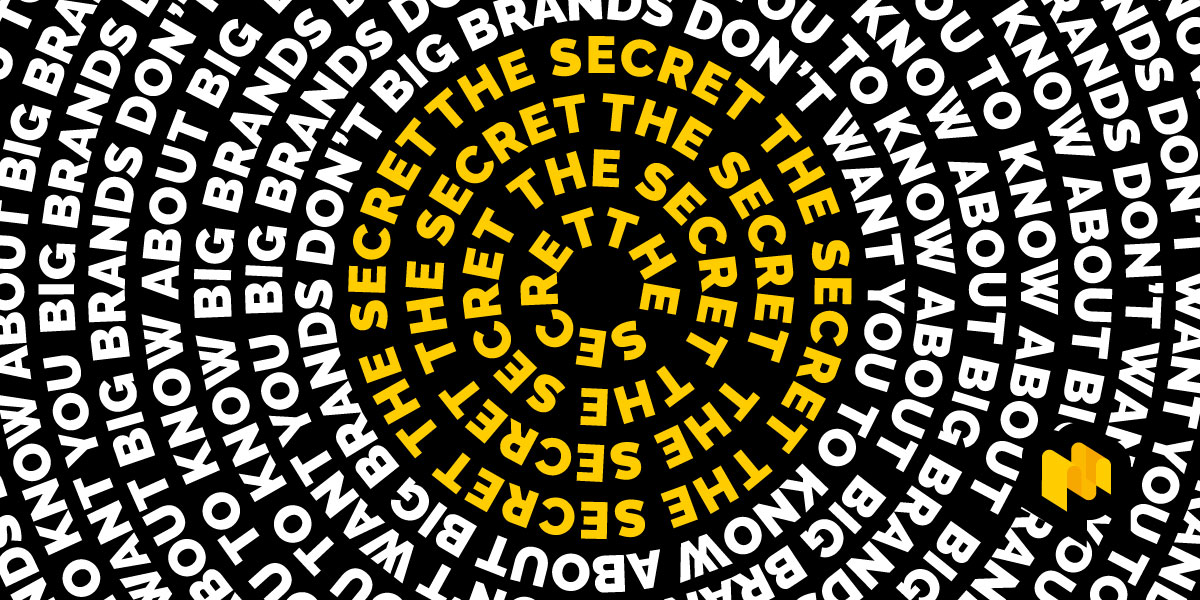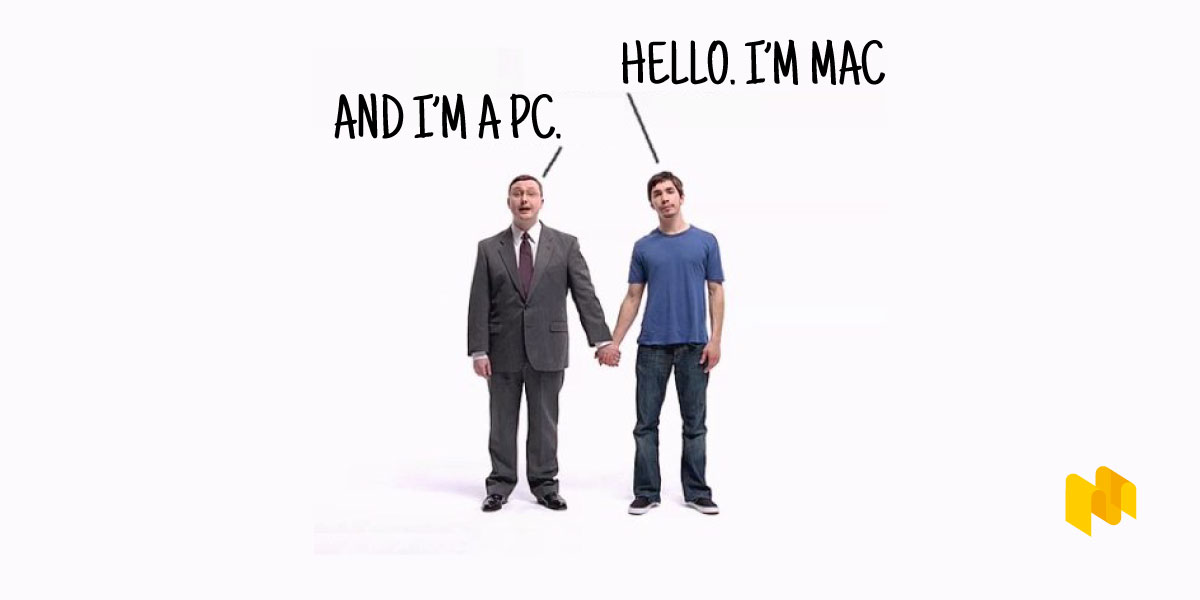
Want to make your brand stand out? Tell a story!
Just like that English Lit class you snoozed through, a good narrative needs a beginning, middle, and end. And, lucky for you, crafting the perfect brand story only takes 7 steps.
Trust us, even big brands like Jeep, Apple, Nike, and Dove use this framework to make their audience crave their products or services.
So, put your audience in a pickle and make your brand the solution to their problems. Boom, you’re a marketing master.
To clarify the picture, let’s dive deeper into these 7 steps:
So what is the 7-Part storytelling framework:
1. HERO
There’s always a hero for every good narrative. This main character that goes through the obstacles to reach success is you, the audience, the customers.
The hero in the story is not your product or service. It’s not even your brand.
All and everything is about the customer and how your brand can help this hero.
Trust this, no one gives a flying f*ck if the new airpods are black or white. It’s about what the white ones make the customer feel or what the black ones add to the customer’s confidence or “vibe”.
See what I mean?
Think of what your brand can do to the Hero… because the Hero is the focus of it all.
2. PROBLEM
The product or service you create and decide to offer is supposed to solve a problem.
The aim is to help customers solve their problems… or rather make them feel like they have a problem and that only you can solve it.
Let’s be honest, marketing a product or service is about making the customers feel like they are missing something that they NEED to have.
So every time someone buys something, they solve a problem.
Cold hands? Gloves
Bad breath? Gum.
You want an effective message to be conveyed to the audience? You have to portray the problem you are offering to solve in your marketing strategy and your marketing campaigns/ads/designs.
Look at the example in the video.
What problem is being portrayed?
See how the struggle was portrayed?
Okay, you get the point
Next step is…
3. GUIDE
For every hero in a story, a “guiding” character.
Think Mufasa in The Lion King. He guides Simba and indirectly gives him a plan of action… he remains the point of reference for the plan.
That’s where it becomes about You, your brand.
You are Mufasa.
After presenting your customers with a problem, you give them support or a guiding plan for them to “resolve” their problem. (they solve it, you’re just the medium).
So when you are trying to sell your product/service, there’s this character you build that is here for your customers. The face of what you offer.
Like Steve Jobs being the guide to a new innovative technological future.
He’s not the solution, he’s the guide.
4. THE PLAN
It’s the art of selling without telling your customers to buy it.
This is where you present the plan that puts your brand at the center.
The plan that sells the hero YOUR solution.
Basically, you position your product or service at the center to make the customers feel like THIS IS EXACTLY WHAT I NEED.
Sell your product or service as the “must have” between all the other competitors.
That plan you have to solve your customers’ problem that no one else has.
5. CALL TO ACTION
You can’t forget about the CTA.
But you also can’t be too direct with it. It’ll be too mainstream and way to lame.
You don’t want to be lame.
Instead of telling your customers what to do, show your customers what they can become.
Look at Nike.
They use “Don’t Change Your Dreams”, “Lose Count”, “Never Settle, Never Done”.
Not your regular CTA right? But inciting.
It makes you want to keep going and not change your dreams, so that’s how NIKE becomes the guide to the solution you didn’t know you were looking for.
6. HELP AVOID FAILURE
Our inherent desire to “not fail” is greater than our desire to succeed. I’ve seen this sentence a lot, to a point where people would do something just to avoid losing something else.
Let me explain…
By showing your customers what they might lose if they don’t “take action”, you’ll push them to take action.
By showing your customers ONLY what they will gain from taking action, you might or might not push them to consume what you’re offering because they might think that they can gain this somewhere else.
So show your customers what might happen if they don’t take action… then watch them take action.
Mac or Pc?<br>
You’re probably gonna want to look like Justin Long here on the right. (or you’ll lose and look like this guy… no offense).
7. SUCCESSFUL END
After they follow the plan, the narrative needs to end with success (obviously)
After showing what your hero may become without your product, show what they might reach WITH that product.
This can be done directly with a before and after video ad campaign…
OR, try the indirect way that feeds the message subliminally.
Such as this video where the Hero starts somewhere and ends in a completely different mindset.
A better mindset, a happier lifestyle, a solution to a problem.
So,
If you want your brand to be memorable and effectively deliver your message to your audience, you have got to try giving them a narrative they can hang onto. A story that speaks to them. A story that will inspire them. But -most importantly- a story that will make them feel like they can’t miss out on this.
A sense of urgency, with a sense of safety, topped with a bit of hope and exaggeration.
With this 7-step storytelling framework, watch how all your campaigns, presentations, seminars, designs, and ads will conform and strengthen your position in the industry.
Becomes:
A hero, has a problem, then meets their guide, who puts them on a plan, and calls the hero to take action, to help them avoid failure, and reach a successful end.
